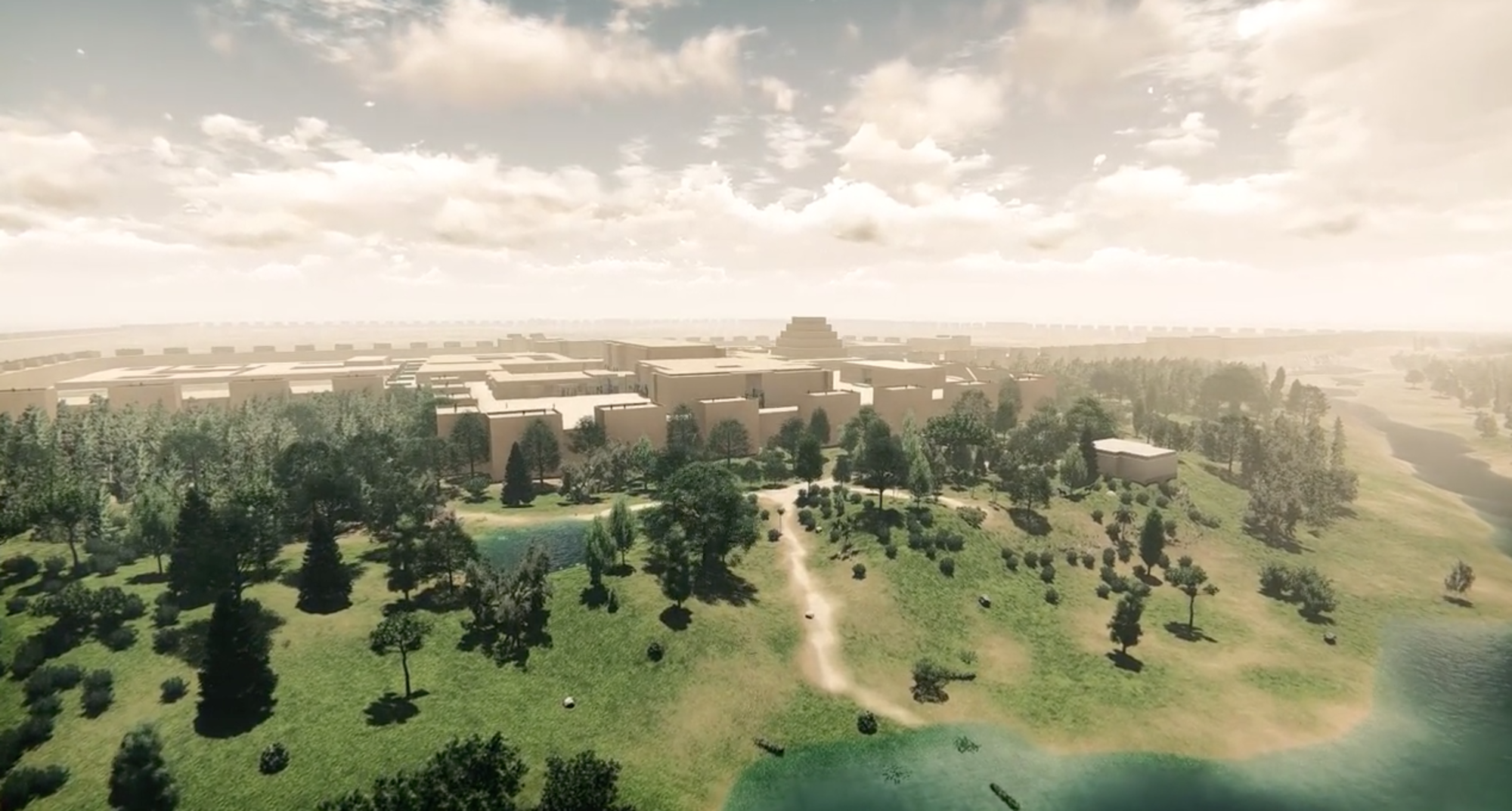
- Home
- Explore the site
- Assyria in the 1st millennium BCE.
- Ashur
One hundred kilometres to the south of Mosul, Ashur, present-day Qal’at Sherqat, is the oldest Assyrian capital. It owes its name to the most revered god of the Assyrians, Ashur, from which the term Assyria is derived. Its growth was largely driven by Assyrian merchants who established trading posts in Anatolia in the early 2nd millennium BCE. A fortified enceinte and the “Old Palace” were among the buildings constructed in this period.
A religious metropolis
Between the 12th and 11th centuries BCE, the kings of the Middle Assyrian Empire carried out a series of large-scale works at Ashur, renovating the “Old Palace” and the temple of Ishtar, and building the “New Palace”. In addition to the Temple of Ashur and the Temple of Ishtar, there was a temple dedicated to Sin and Shamash and a double temple to the gods Anu and Adad, which were renovated and embellished regularly. Even after Ashurnasirpal II (883-859 BCE) transferred the Assyrian capital to Nimrud, Ashur remained a holy city where kings came to be crowned and where, every year, they celebrated the New Year. Each king left an inscribed stela commemorating his genealogy near the city wall.
Excavations at Ashur
Ashur was excavated from 1903 onwards by a German team under the direction of Walter Andrae, an architect by training, who set out to understand its urban system. He also produced imaginary views of the city as it might have appeared in antiquity. The Iraqi Department of Antiquities excavated the site again and restored a group of buildings between 1978 and 1982.

